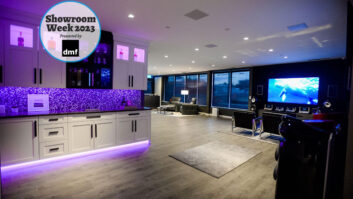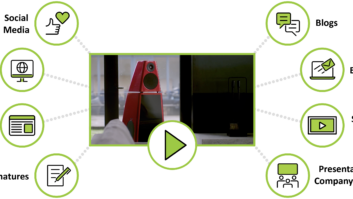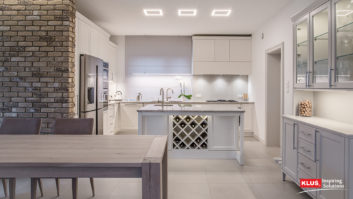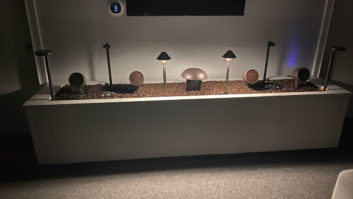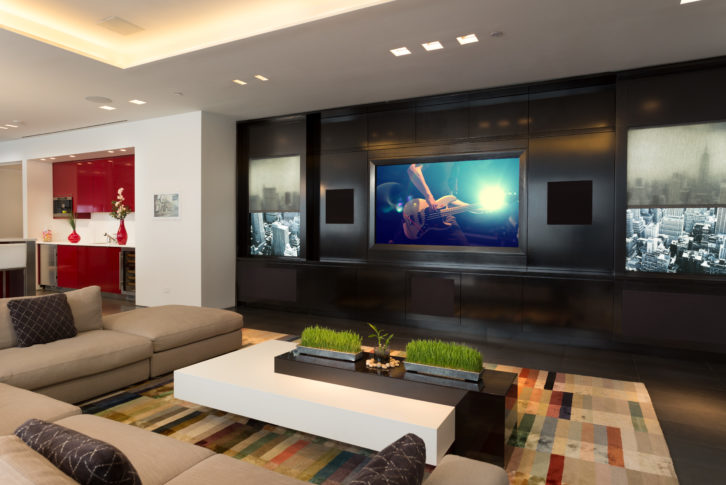
This industry has gone back and forth on the value and benefit of having a dedicated showroom for ages. It used to be that you had to have a showroom to allow clients to hear different speakers, see the TV in person, and experience the awe of the home theater. Then e-commerce happened and the practice of “showrooming” reared its ugly head. Clients just used our showrooms to check things out and then bought everything cheaper online. Showrooming eventually led to the practice of dealers using their own homes, using client homes and/or using manufacturer experience centers, since the investment in a retail showroom just did not make a lot of economic sense for many businesses.
I have long used the Crestron Experience centers at HQ in Rockleigh, NJ and at the D&D building in Midtown Manhattan. Those resources have been amazing and have helped me close many deals. I am also a firm believer in having a location to bring a client whenever I need, without having to schedule anything. In fact, I think having a space such as this provides two key functions.
- We can show clients real-world, live demonstrations of the products they will be living with
- We have a place to bench test products and really get our feet wet with new technologies or new product introductions before installing them in a client home
This is why I continue to use my own home to showcase not just Crestron products, but also the full range of what we can provide to a client. In fact, I am in the process of having one of our partners install a home security system, since clients ask about them a lot and we integrate with security frequently. This way, clients can see how Crestron will work with their security system and the benefits that provides. The other benefit to using my home is that they see a real-world environment, where kids are regularly using the remotes, the touchpanels, and the lighting keypads, as well as playing music and operating the door locks and thermostats. And this where I test out everything I install — from Crestron NVX to the newest Araknis routers and access points, to the new Sonos amp and port.
In fact, my friend, Mark Feinberg, owner of Home Theater Advisors (in case you didn’t know that already from reading this blog regularly), just rented an apartment on the same floor as his family apartment in his building. He took over a one bedroom and is using the living room/kitchen/dining area/bathroom as a showroom, and is using the bedroom as his office space. He loves having everything right down the hall and is excited to have a dedicated space to bring clients. Without a manufacturer experience center to take advantage of, he has been a little self-conscious about saying, “Come to my apartment to see how this all works.” He feels that being able to say, “Come to my showroom/office,” will entice more clients to check it out and he will be able to upsell more.
He is outfitting his space with a lot of technology that he currently has at home and sells regularly, such as Control4 AV control, lighting, and video distribution and Access Networks access points. He is also installing technology or brands he currently does not have in his own apartment, such as a Control4 Triad One for streaming audio; a Triad Nano custom-length speakerbar; a Samsung Frame TV; and shading (either Lutron or Hunter Douglas). He is excited to be able to show clients different scenarios.
Also by Todd Anthony Puma: My Favorite Control System GUIs
If someone is interested in the Samsung Frame, he can show how it looks, how it integrates with Control4, and what the picture quality is like. If they want something even more discreet, he can take them down the hall to his apartment and show them the Screen Innovations Solo Pro 2 motorized acoustically transparent screen with Stealth Acoustics speakers in the wall. He can also show them the difference between Control4 streaming music in the showroom and Sonos in his apartment. Finally, he can show Somfy shades in his apartment and either Hunter Douglas or Lutron in the showroom. With this space, he will have the option to outfit them differently from his home, and the ability to give clients a full experience can only help him sell more, increase the average ticket, and grow his business.
How are you using your showrooms? Are they retail stores, appointment only, your own home, or manufacturer experience centers? What are the key products and experiences that you showcase?
Also by Todd Anthony Puma: The Nightmare Referral and How to Handle It
